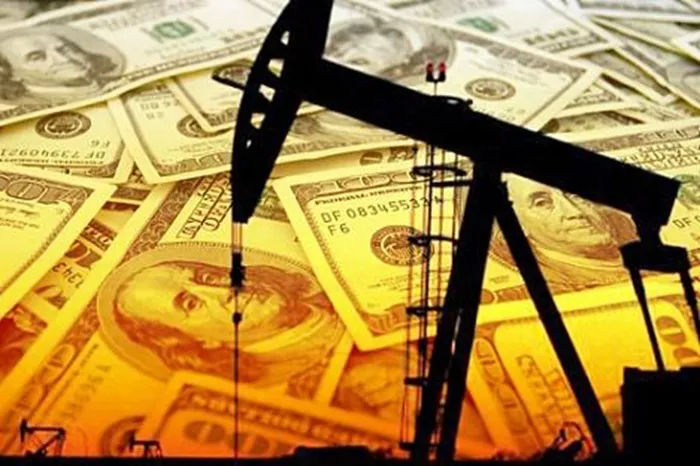Crude oil prices ended a two-day decline on Wednesday and maintained their upward trajectory into Thursday’s Asian mid-morning session, driven by escalating concerns over Middle Eastern geopolitics.
After falling below $80 per barrel earlier in the week, Brent crude rebounded to surpass $80, while West Texas Intermediate also climbed above $77 per barrel.
This rebound is notable given the presence of bearish factors. The U.S. Energy Information Administration (EIA) reported a surprise build in crude oil inventories for the week ending August 9, although declines in fuel inventories suggested ongoing healthy demand. Meanwhile, China, the world’s largest oil importer, reported decreased refinery output, lower apparent oil demand, and reduced crude imports, signaling reduced appetite for oil.
“The data doesn’t look great,” said Warren Patterson, head of commodities strategy at ING. “It only reinforces the demand concerns that have been lingering in the market for a while, and with China expected to account for nearly 60% of global demand growth this year, these worries are unlikely to fade soon.”
Conversely, oil prices received some support from expectations of a potential U.S. interest rate cut later this year, following modestly higher consumer inflation data for July.
The primary driver behind the oil price increase remains geopolitical uncertainty in the Middle East. Concerns about a broader conflict grew last week after Iran threatened retaliation against Israel for the assassination of a Hamas leader in Tehran. Although Iran has yet to act, the ongoing uncertainty has heightened market activity, with investors seeking protection from potential volatility. “Geopolitical risk continues to overshadow the oil market. It remains unclear how or if Iran will retaliate against Israel, leading to increased options trading as market participants prepare for significant price swings,” ING’s Patterson and Ewa Manthey noted earlier today.
Related topic:
What Is The Best Oil For Gasoline Engine?

